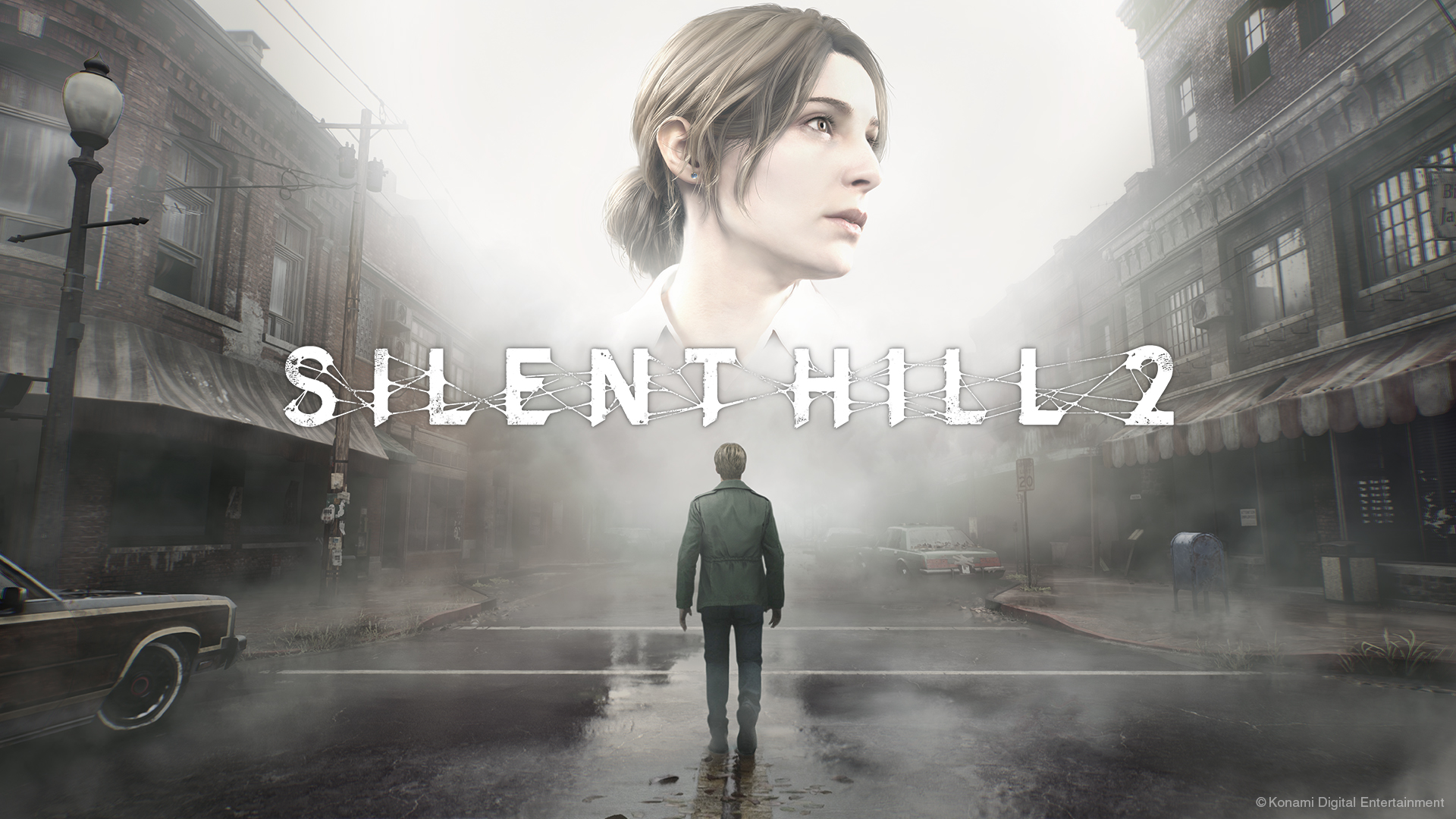Given how much I worked the review beat in the 2000s and 2010s, I have probably played a thousand games since the 2001 release of “Silent Hill 2,” and I have forgotten many more of them than I remember. And yet returning to this brilliant game almost a quarter-century after its release, I was stunned by how much felt familiar about it. It’s hard to overstate the impact of this classic PS2 game, one that worked its way into the subconscious of everyone who played. Going back to Silent Hill in 2024 with the excellent remake made it clearer than ever how much of modern gaming owes a debt to “Silent Hill 2.” In a sense, we never left.
One thing that I distinctly remembered and that hasn’t been changed by this top-down remake, a new version of “Silent Hill 2” that keeps the skeleton of the original but radically changes a lot of the flesh and muscle, was the opening minutes, a lengthy journey through the woods that ends in the town of Silent Hill. Your character, James Sunderland, has come there after receiving a letter from his wife Mary to come find her, even though she’s been dead for 3 years. One of the most terrifying settings in game history, Silent Hill is a character, a place shrouded in fog that hides Lovecraftian nightmare fuel around every corner.
There’s a part of me that thought that a remake of a 2001 game couldn’t get under my skin, but that is resolutely untrue. From the minute you enter Silent Hill again, this game rattles and unsettles you, a fact enhanced by the improved graphics and camera control. Much has been made of how the move from a static camera to an over-the-shoulder third-person camera that you control would reduce tension, but I feel like the opposite is true. Yes, I have more freedom of movement, but that doesn’t stop me from whipping around at every sound to see what’s trying to kill me.
Speaking of sound, the audio design in this version of “Silent Hill 2” is arguably its greatest asset. Not only is enemy and action sound enhanced, but you’re alerted to nearby enemies by what sounds like radio static/feedback emerging from the controller in your hands. You often hear this sound before you see an enemy, which only enhances the tension, turning the game from one reliant on jump scares to one in which it feels like the very controller is working against you. The sound design is immersive, not just with what’s happening on screen but in how you interact with it.

The developers of “Silent Hill 2” haven’t just given the original game an audio and video polish—they’ve gone back and expanded on the environments that have burned their way into the memories of gamers. Buildings that were formerly inaccessible can be entered—although it should be noted that this is still a game of SO many locked doors that you get a trophy after trying 50 of them—and locations have been altered, sometimes drastically, leading to a game that feels similar but different, a perfect tone for a story of someone back in a familiar place that’s now threateningly different.
The camera changes allow for very different combat. Not only can you now aim down sights of your handgun, you can dodge acid attacks from undead enemies. I’ll admit that I forgot how much this game truly is survival horror when it comes to ammo and health supplies, and I stopped thinking I needed to kill every enemy early—fleeing is often a better answer. As for the puzzles, they’re the aspect that feels the most dated, often amounting to little more than finding the right items to insert in the right places in a machine to produce another key to lead you to another puzzle. I also forgot how much backtracking there was in this game, especially in the apartments that feel sometimes like they’ll never end, although I was consistently impressed with the design of the environments, turning an old-fashioned, standard apartment building into a portal to Hell.
There’s also something rewarding about playing a game like “Silent Hill 2” and witnessing how much of its design and storytelling have influenced titles that followed in its footsteps. There’s so much of the DNA of “Silent Hill” in games like “The Last of Us” and “Alan Wake 2,” another story of a man who journeys to a place that’s no longer what he remembers.
One of the most depressing canceled projects in game history is 2014’s “Silent Hills,” which was to unite legendary game developer Hideo Kojima (“Death Stranding”) with filmmaking icon Guillermo del Toro to bring life back to “Silent Hill.” After the release of the unforgettable teaser demo known as “P.T.” in 2014, that game was killed, and it seemed to take the entire future of the franchise with it. It’s been 12 years since there’s been a proper “Silent Hill” game (2012’s “Downpour”), and my true hope with the critical and likely commercial success of “Silent Hill 2” is that it reignites passion for this world enough to get a proper sequel. (For the record, two games, “Silent Hill f” and “Silent Hill: Townfall” were announced as being in development in 2022, but there’s been little news since.) It’s time we all went back to Silent Hill.
The publisher provided a review copy of this title. It was released October 8th for PS5 and Windows.

